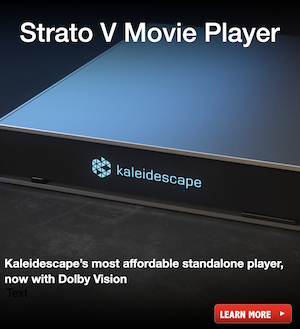Hi everyone,
I'm hoping to get some help with analyzing recordings I made using Pro Tools for the interrupted noise method as specified in ISO 3382-1. I've imported the audio files into REW as impulse responses, but the calculated values for T30, T20, and EDT seem incorrect (displayed in orange). The EDT is longer than T20 and T30, which isn't the expected order.
I'd appreciate any insights on how to properly analyze these recordings in REW to obtain accurate reverberation time (RT) values.
The following picture is a ISO 3382 Parameters display from the RT60 view after importing one of the interrupted noise method recordings (room's response to broad band pink noise) as an impulse response on REW.

I would really appreciate any help regarding this issue.
I'm hoping to get some help with analyzing recordings I made using Pro Tools for the interrupted noise method as specified in ISO 3382-1. I've imported the audio files into REW as impulse responses, but the calculated values for T30, T20, and EDT seem incorrect (displayed in orange). The EDT is longer than T20 and T30, which isn't the expected order.
I'd appreciate any insights on how to properly analyze these recordings in REW to obtain accurate reverberation time (RT) values.
The following picture is a ISO 3382 Parameters display from the RT60 view after importing one of the interrupted noise method recordings (room's response to broad band pink noise) as an impulse response on REW.
I would really appreciate any help regarding this issue.













